
Discover the latest insights and projections on email spam trends, challenges, and solutions shaping the digital landscape in 2025.
Email needs no introduction since, for ages, it has served as one of the main communication channels for individuals and organizations worldwide, facilitating everything from casual conversations to critical business operations. However, with its all-presence comes a persistent challenge: spam emails.
If you have ever opened your inbox looking for an important email and found it buried under a pile of messages you didn’t ask for, then you are familiar with spam emails. Sometimes, they are just annoying, and other times, they become a threat to your privacy and security.
To help you learn more about its scale, impact, and potential solutions for both senders and receivers, we have compiled a report with some of the most important email spam statistics.
The number of emails sent and received worldwide has increased from 281.1 billion per day in 2018 to a projected 392.5 billion in 2026.
On average, this represents an annual growth of about 14 billion emails, with the yearly increase becoming slightly larger in recent years.
In 2025, the number of emails sent and received worldwide is projected to reach 376.4 billion per day.
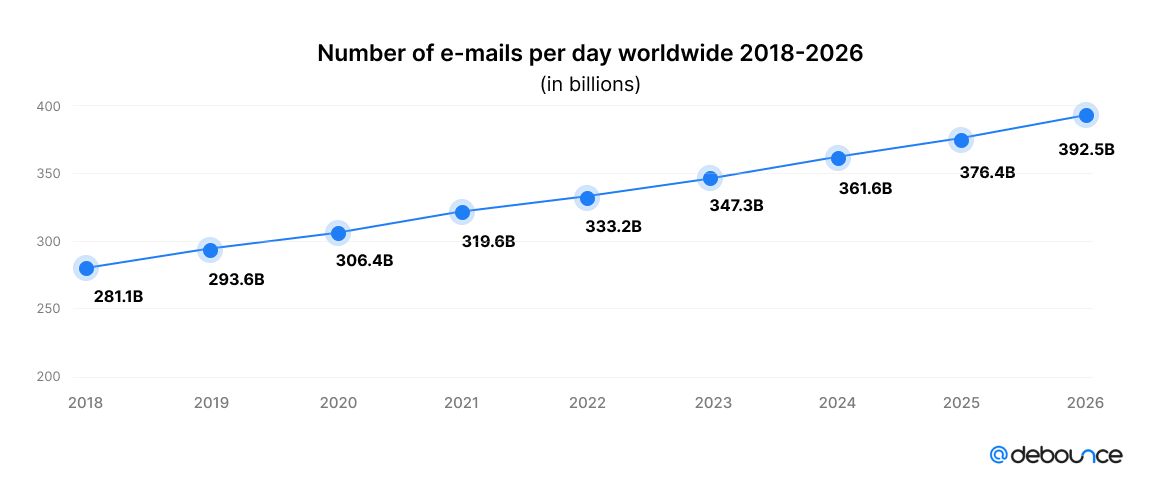
When talking providers, Gmail leads as the most popular email service, with over 72.1% of users relying on it.
Outlook comes in second at 33.7%, followed by Yahoo Mail in third place with 20.3%.


The continuous rise in global email traffic is closely tied to the increasing number of email users worldwide.
The number of global email users exceeded 4.3 billion in 2023, with more than half of the world’s population now using email.
This number is projected to grow steadily, reaching over 4.6 billion by 2025.
With the constant buzz of notifications, it’s no surprise that people check their inboxes at least twice daily.
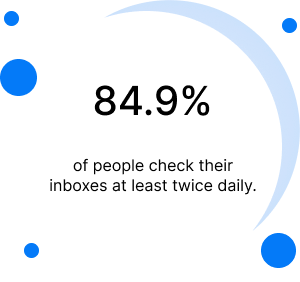

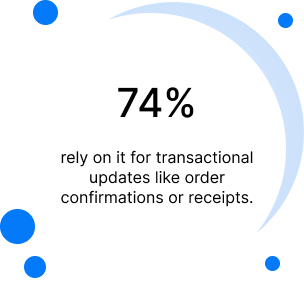
A lot of online activities can take place in one minute. Among the many things happening, 241 million emails are sent every minute.
This number stands out, especially when compared to other digital actions like 41.6 million WhatsApp messages or 4 million Facebook posts liked.
In January 2024, internet users were highly engaged across a variety of websites and apps, with messaging and social platforms leading the way. 94.7% of users accessed chat and messaging services, closely followed by 94.3% on social networks.
Although messaging apps and social media dominate daily usage, email continues to be an essential communication tool for nearly half of internet users (49.5%).
With some countries relying on email more than others, usage varies by country.
In 2024, the United States is estimated to have sent the highest number of emails, with 9.7 billion sent out daily.
Germany follows with 8.5 billion emails, while Ireland and the Netherlands sent 8.4 billion and 8.3 billion emails, respectively.

While email remains essential across different age groups, it is particularly relevant among mature-aged users.
Users aged 65+ have the highest engagement, with 83.9% accessing email services.
Other groups follow as shown:
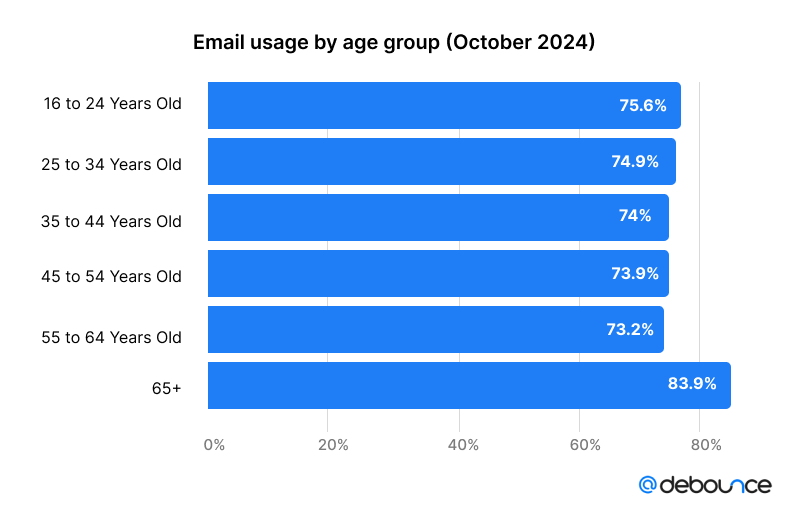
Spam emails might just be the digital equivalent of unwanted party crashers, and people have their ways of handling them!
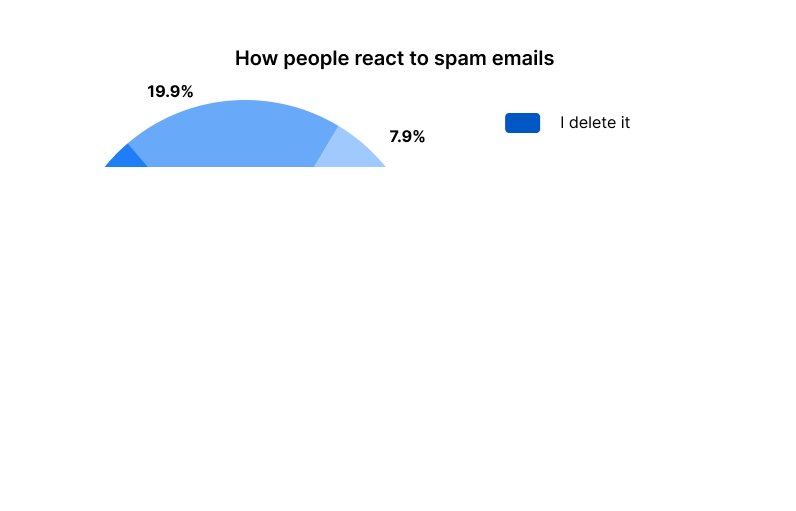
According to data, most people prefer to avoid interaction with spam email by simply deleting it (40.8%), ignoring it (23.1%) or marking it as spam (19.9%).
Only some open spam emails (7.9%), possibly out of curiosity or hope for fewer emails in the future.
Fewer people take the extra step of unsubscribing (7.2%) or filing complaints with data protection agencies (1%).
Spam, although still a concerning issue, has significantly decreased over the past decade.
In 2011, it made up 80.26% of global email traffic, but by 2023, that share dropped to 45.6%.
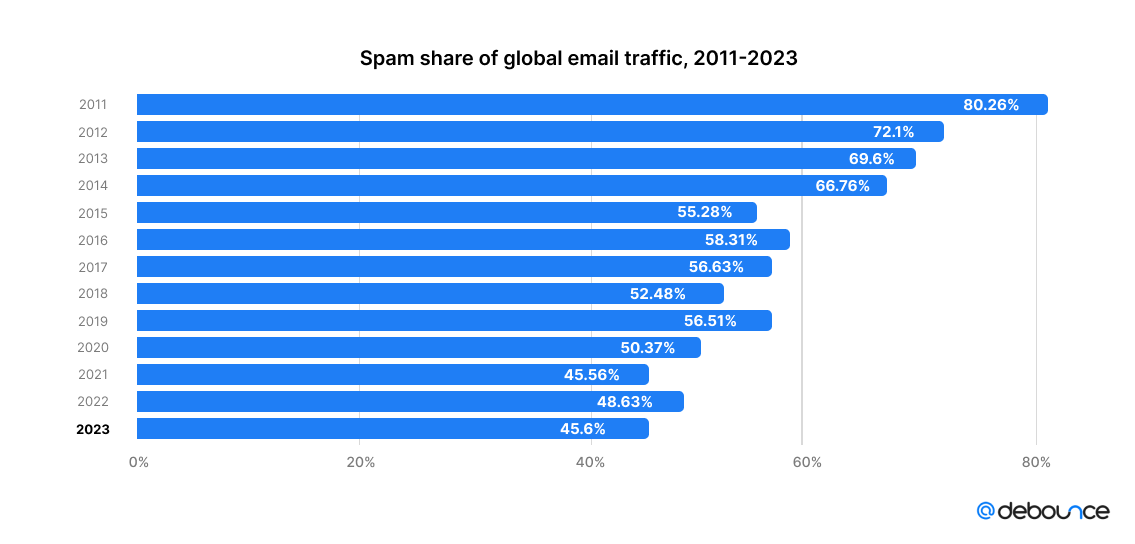

In 2024, fraud reports to the Federal Trade Commission (FTC) in the United States revealed that email was the most common contact method, with 272,287 reports.
Phone call frauds ranked second, with 214,808 reports, followed by text message scams, which accounted for 173,575 reports.
Social media was the fourth most reported method, with 138,769 cases, while websites or apps had 134,163 reports.
Most people (96.8%) have received spam messages related to scams through various channels of communication.
Yet, email is still the main target of spam.
Nearly half (49%) of people report that they receive spam through email most often.
This is followed by phone calls (26.5%), text messages (14.7%), and messaging apps like WhatsApp and Facebook Messenger, which were mentioned the least, at 9.8%.
Of the 96.8% of people who received scam messages or calls, 57.1% reported losing money as a result.
The most common loss ranged from $100 to $249, while 2.9% said they lost over $1,000.
In 2024, China and the United States tied for the highest volume of spam emails, each generating approximately 7.8 billion daily.
India and Japan followed closely, with 7.6 billion spam emails each.
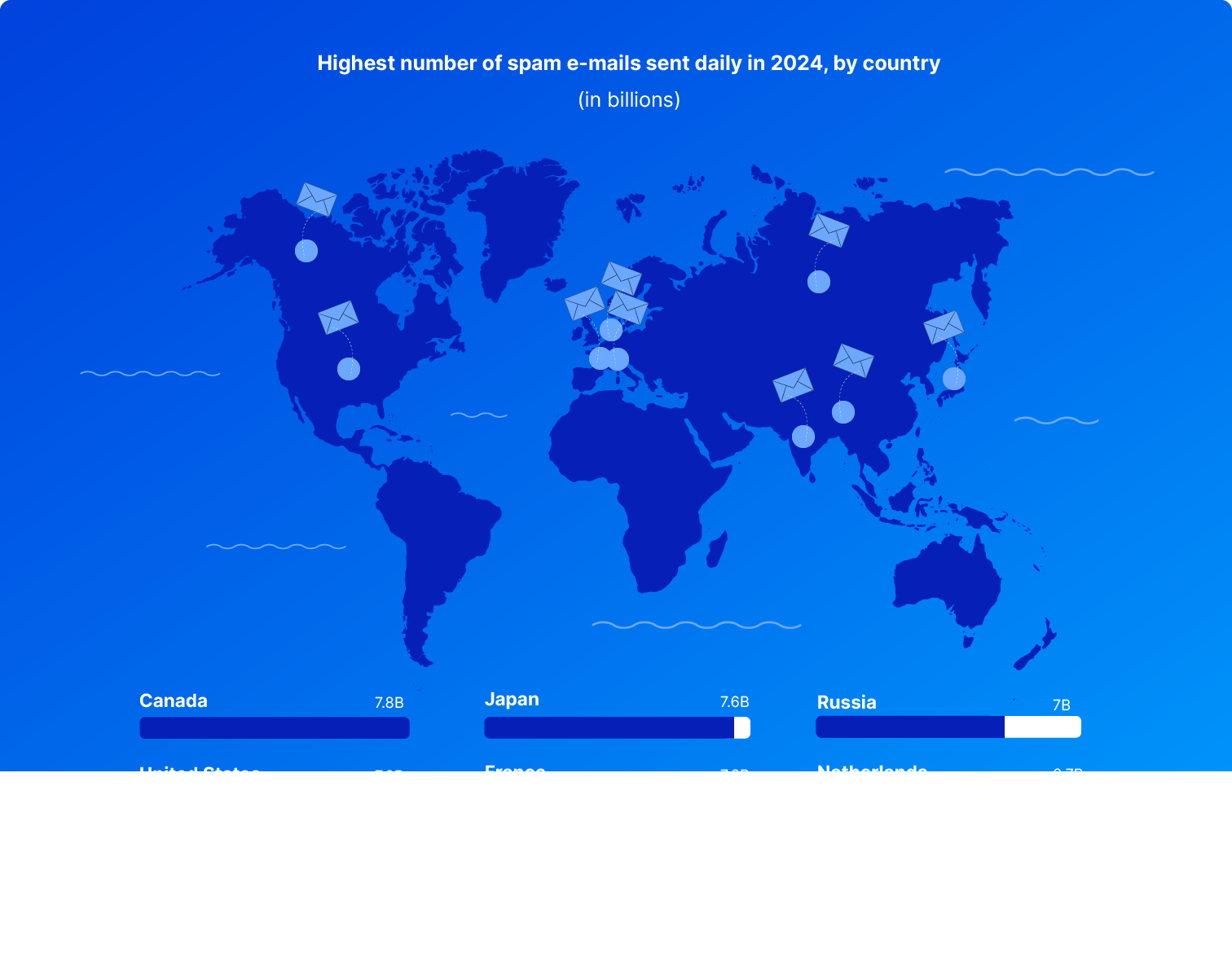
Volume is a key factor in how emails get flagged as spam
For senders with a smaller monthly volume of 1–10,000 emails per month, the spam rate averages 21.64%, but it rises to 25.76% for those in the 10,001–50,000 range.
This increase continues, peaking at 29.31% for senders in the 50,001–200,000 range.
As volumes grow beyond this point, spam rates begin to improve.
Senders with a monthly volume of 200,001–1,000,000 emails per month see a reduced rate of 21.29%, and those sending over 1,000,000 emails per month achieve the lowest spam rate at 16.24%.
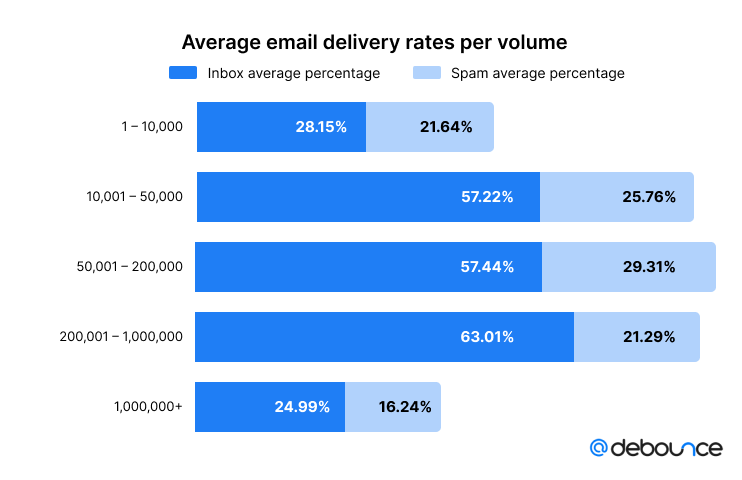
Spam emails largely capitalize on human emotions like greed, fear, and urgency.
Categories like prizes or giveaways and job opportunities exploit our desire for quick rewards and financial stability.
While other categories like banking and password/account updates target our fear of security breaches, urging immediate action.
Meanwhile, more modern tactics, such as software downloads and cryptocurrency, reflect the increasing use of technology and digital trends to deceive victims.

Email marketing has become one of the most effective ways for businesses to connect directly with customers through personalized communication and the ability to track performance.
Data shows that 50% of marketers consider email marketing the most impactful channel in their multi-channel strategy.
One of the primary issues marketers face is maintaining the balance between relevance and frequency.
of unsubscribes are due to email relevance.
of unsubscribes are attributed to emails feeling too spammy.
of people unsubscribe because they receive emails too often.
Further data reveals that certain phrases in email subject lines can significantly impact key metrics.
For instance, phrases like “affordable,” and “guide” tend to have higher spam rates. Other phrases follow as given below:
For almost half of the marketers (48%), staying out of spam is a top challenge.
This issue is particularly concerning because when legitimate emails end up in spam folders, the consequences can be significant. 52.7% of consumers report feeling frustrated, losing trust, or unsubscribing when they regularly find a brand’s emails in their spam folder.
To complicate matters further, major email providers like Yahoo and Google have implemented stringent requirements for spam complaints.
Their 2024 spam complaint threshold is set at 0.3%, meaning that if too many recipients flag an email as spam, it risks being blocked or filtered into the spam folder entirely.
Such a requirement raises the stakes for marketers who must ensure that every email they send aligns with the expectations of both recipients and email providers.
Spam rates vary by industry, with certain sectors facing higher risks of their emails being flagged.
For instance, dating emails experience the highest spam rate at 14.97%, followed closely by finance, job & career, and health industry.
These industries often involve sensitive or transactional content, which triggers stricter filtering mechanisms.
In contrast, industries like home & garden, food & drink, and clothing experience much lower spam rates, around 10.6%.

A study conducted on 450 participants found that AI-generated emails consistently reached primary inboxes across different email providers, with 0% flagged as spam.
This is great news for marketers, as it means their AI-crafted campaigns are more likely to reach their intended audiences without being filtered into spam folders.

However, with AI streamlining the email-writing process, spammers now have a powerful tool to create more convincing and effective messages at scale.
As a result, individuals may find themselves inundated with larger quantities of unwanted emails, making it difficult to distinguish between legitimate emails and cleverly disguised spam.
AI is widely adopted by email marketers, with 47% of marketers reporting its use in their email campaigns. Among these users, 49% utilize AI specifically to generate email content.
AI is employed for various purposes in email marketing, with personalization being the most prominent.
use AI for personalized email content.
use AI for retargeting and subject lines.
use AI for dynamic content generation.
use AI for send-time optimization.
The majority of marketers (63%) trust AI tools to generate emails but prefer to double-check the results before deploying them. Meanwhile, almost 30% of them fully rely on AI-generated emails, reflecting a growing confidence in AI’s capabilities.
However, skepticism persists among 12.3% of marketers, who doubt AI can consistently produce accurate or effective email content.
Across Europe and the United States, AI is widely used to enhance the effectiveness of email marketing campaigns.
Automatic content and image generation are the most common features, with nearly 40% of marketers leveraging this capability to streamline the creative process.
Other most used features include the following:
